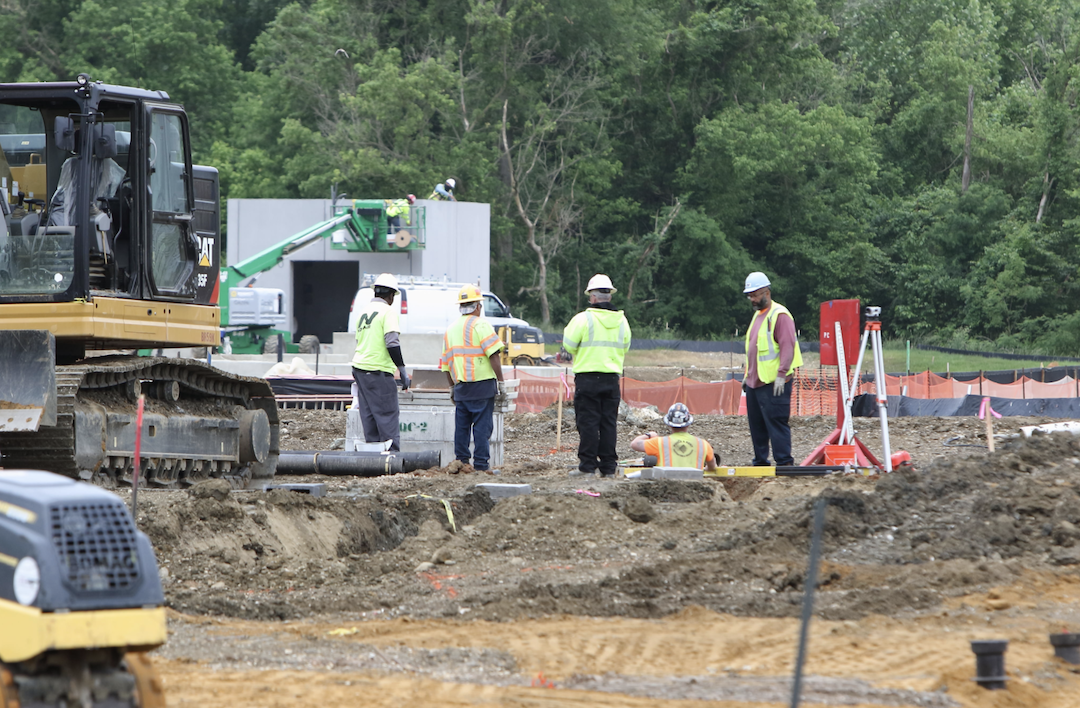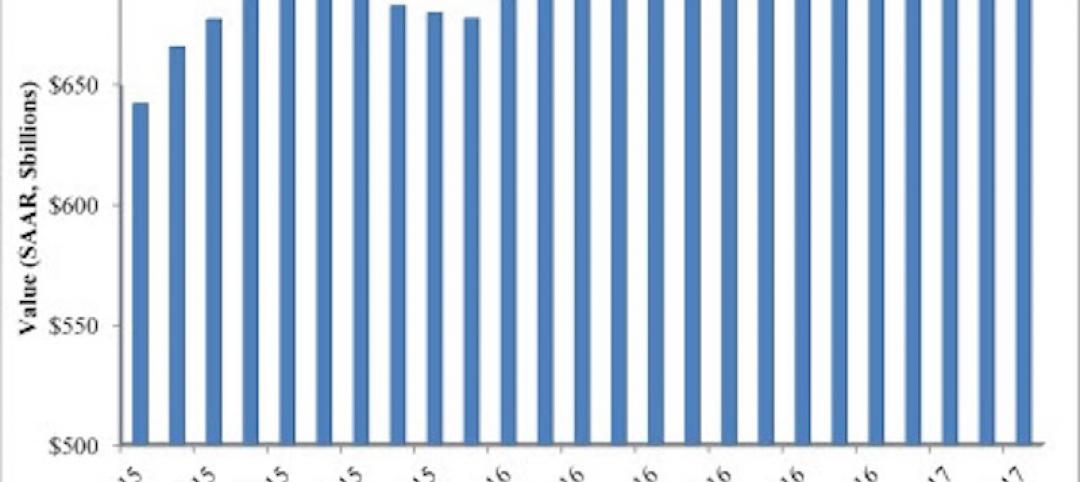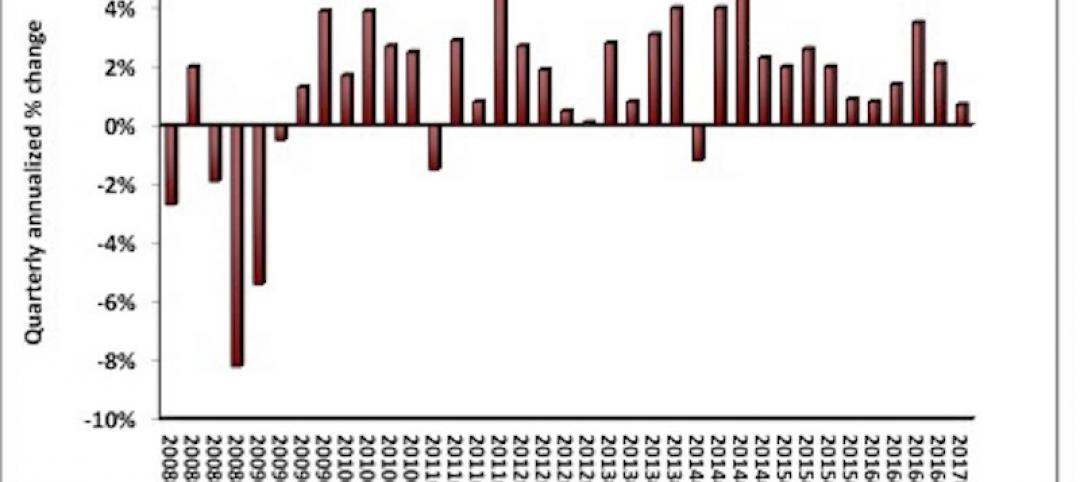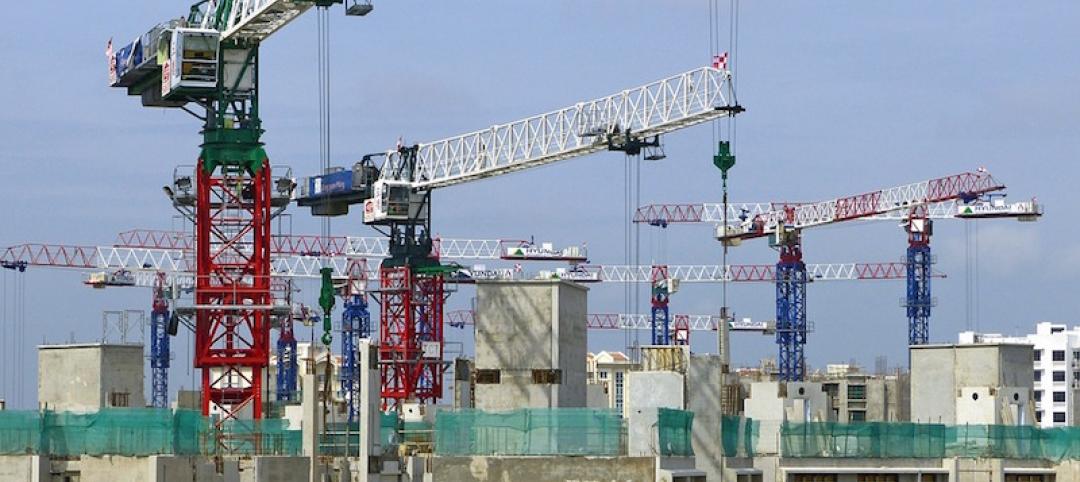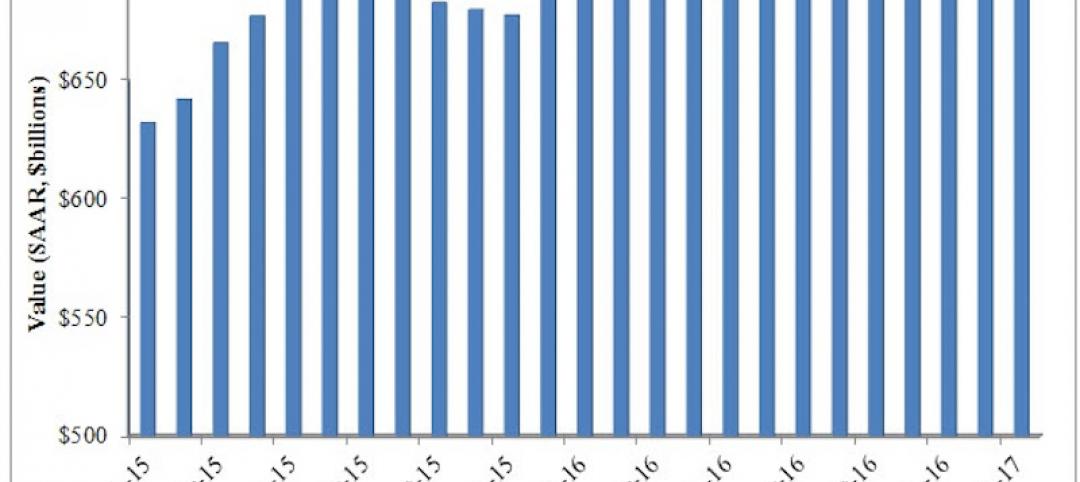Only 18 states and the District of Columbia have added construction jobs since just before the start of the pandemic in February 2020 despite a pickup in most states from October to November, according to a new analysis of federal employment data released today by the Associated General Contractors of America. Association officials said one reason employment is below pre-pandemic levels in many parts of the country is the lack of available workers to hire.
“Construction activity has picked up in recent months but still has not reached the employment levels of early last year in most of the country during what has become a very tight labor market,” said Ken Simonson, the association’s chief economist. “If contractors had found enough qualified workers, more states would have recovered fully by now from the pandemic-induced job losses,” he added, noting that job openings at the end of October exceeded the number of workers hired into the industry that month.
From February 2020—the month before the pandemic caused projects to be halted or canceled—to last month, construction employment decreased in 32 states and increased in only 18 states and D.C. Texas shed the most construction jobs over the period (-42,600 jobs or -5.5%), followed by New York (-39,700 jobs, -9.7%), California (-23,100 jobs, -2.5%), and Louisiana (19,800 jobs, -14.5%). The largest percentage losses were in Louisiana, Wyoming (-13.1%, -3,000 jobs), and New York.
Florida added the most construction jobs since February 2020 (8,700 jobs, 1.55), followed by Utah (8,200 jobs, 7.25), and Washington (6,200 jobs, 2.8%). The largest percentage gains were in South Dakota (10.5%, 2,500 jobs), followed by Idaho (8.7%, 4,800 jobs), and Utah.
From October to November construction employment decreased in 13 states, increased in 36 states and D.C., and was unchanged in Kansas. Louisiana lost the most jobs (-2,200 jobs, -1.8%), followed by North Carolina (-1,900 jobs, -0.8%) and New Jersey (-1,800 jobs, -1.2%). Louisiana also had largest percentage decline, followed by Oklahoma (-1.5%, -1,200 jobs), New Jersey, and North Carolina.
Florida added the most construction jobs between October and November (8,200 jobs, 1.4%), followed by Illinois (3,800 jobs, 1.7%) and Texas (3,600 jobs, 0.5%). Montana had the largest percentage gain (2.7%, 800 jobs), followed by Missouri (2.6%, 3,200 jobs) and Vermont (2.1%, 300 jobs).
Association officials said labor shortages are undermining the construction industry’s ability to fully recover. They urged public officials to boost investments in career and technical education and other programs that expose more people to construction career opportunities. They added that the association was working with its chapters and member firms to recruit more, and more diverse, people into the industry.
“It is time to stop giving students the incorrect impression that every good career requires a college degree and takes place in an office of one kind or another,” said Stephen E. Sandherr, the association’s chief executive officer.
View state February 2020-November 2021 data and rankings, 1-month rankings.
Related Stories
Senior Living Design | May 9, 2017
Designing for a future of limited mobility
There is an accessibility challenge facing the U.S. An estimated 1 in 5 people will be aged 65 or older by 2040.
Industry Research | May 4, 2017
How your AEC firm can go from the shortlist to winning new business
Here are four key lessons to help you close more business.
Engineers | May 3, 2017
At first buoyed by Trump election, U.S. engineers now less optimistic about markets, new survey shows
The first quarter 2017 (Q1/17) of ACEC’s Engineering Business Index (EBI) dipped slightly (0.5 points) to 66.0.
Market Data | May 2, 2017
Nonresidential Spending loses steam after strong start to year
Spending in the segment totaled $708.6 billion on a seasonally adjusted, annualized basis.
Market Data | May 1, 2017
Nonresidential Fixed Investment surges despite sluggish economic in first quarter
Real gross domestic product (GDP) expanded 0.7 percent on a seasonally adjusted annualized rate during the first three months of the year.
Industry Research | Apr 28, 2017
A/E Industry lacks planning, but still spending large on hiring
The average 200-person A/E Firm is spending $200,000 on hiring, and not budgeting at all.
Market Data | Apr 19, 2017
Architecture Billings Index continues to strengthen
Balanced growth results in billings gains in all regions.
Market Data | Apr 13, 2017
2016’s top 10 states for commercial development
Three new states creep into the top 10 while first and second place remain unchanged.
Market Data | Apr 6, 2017
Architecture marketing: 5 tools to measure success
We’ve identified five architecture marketing tools that will help your firm evaluate if it’s on the track to more leads, higher growth, and broader brand visibility.
Market Data | Apr 3, 2017
Public nonresidential construction spending rebounds; overall spending unchanged in February
The segment totaled $701.9 billion on a seasonally adjusted annualized rate for the month, marking the seventh consecutive month in which nonresidential spending sat above the $700 billion threshold.


